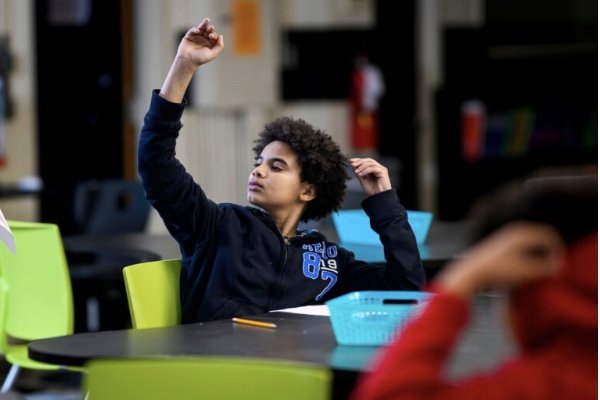Toyota's $2M Investment in STEM Education: Opportunities and Questions

Student engaged in hands-on STEM learning through Toyota's Driving Possibilities initiative
Commentary

Guy Breier
CEO, Boston Manufacturing Group • Apr 17, 2024
The Investment
Toyota has committed $2 million to boost STEM education in North Carolina's Randolph and Guilford Counties through its Driving Possibilities initiative. This investment aims to prepare students for future careers in science, technology, engineering, and math, supporting educational programs, professional development for educators, and community engagement.
Program Components:
- Project-based, hands-on STEM learning programs for PreK-12 students
- Professional and leadership development for educators
- Community engagement initiatives and family support
- After-school programming to extend learning opportunities
- Career pathway development focused on high-growth industries
This effort is part of a broader five-year strategy to enhance career readiness and close educational gaps, in collaboration with local schools and community partners. The focus is on communities near Toyota's operations, including the future site of Toyota Battery Manufacturing North Carolina.
Critical Questions to Consider
⚠️Curriculum Balance and Corporate Influence
When a big company like Toyota gives money for school programs, there's a chance it might make schools focus more on what the company wants, like science and technology. This might mean less time for other important subjects.
The concern: While STEM education is valuable, education should remain well-rounded. Art, humanities, social sciences, and critical thinking across disciplines are equally important for developing complete, creative problem-solvers. Corporate funding shouldn't inadvertently create a narrower curriculum focused primarily on producing workers for specific industries.
📊Long-term Goals and Accountability
It's important to ask what Toyota plans to achieve in the long run with this investment. How will they check if their money helped students get better at their subjects or are ready for future jobs?
Key accountability questions:
- What are the specific, measurable outcomes Toyota expects?
- How will student achievement and career readiness be evaluated?
- Will the program's effectiveness be independently assessed?
- What happens after the five-year commitment period ends?
- Are there safeguards ensuring the program serves students' interests, not just corporate workforce needs?
The Bigger Picture
Corporate investment in education isn't inherently problematic—in fact, it can provide crucial resources and real-world connections that schools desperately need. The key is maintaining transparency, independence, and accountability.
The best outcomes occur when corporate partners respect educational autonomy, support broad skill development (not just narrow technical training), and commit to long-term community benefit rather than short-term workforce development. Toyota's stated focus on "closing educational gaps" and "holistic approach" suggests awareness of these concerns, but ongoing monitoring and community oversight will be essential to ensure these goals are met.
Manufacturing Context
This investment reflects a broader trend of manufacturing companies addressing the skilled workforce shortage through direct educational engagement. As manufacturing becomes increasingly technology-driven, the need for STEM-literate workers has never been greater.
However, the manufacturing industry's future depends not just on technical skills, but on workers who can think critically, solve complex problems, communicate effectively, and adapt to rapidly changing conditions. The most successful educational initiatives will balance technical training with broader intellectual and creative development.